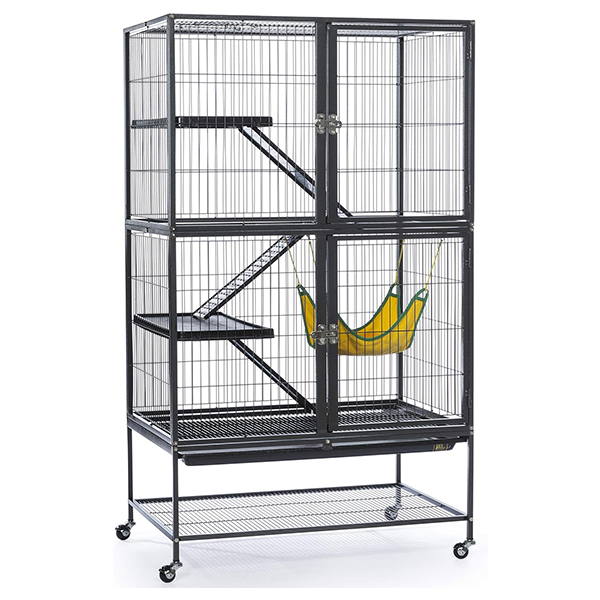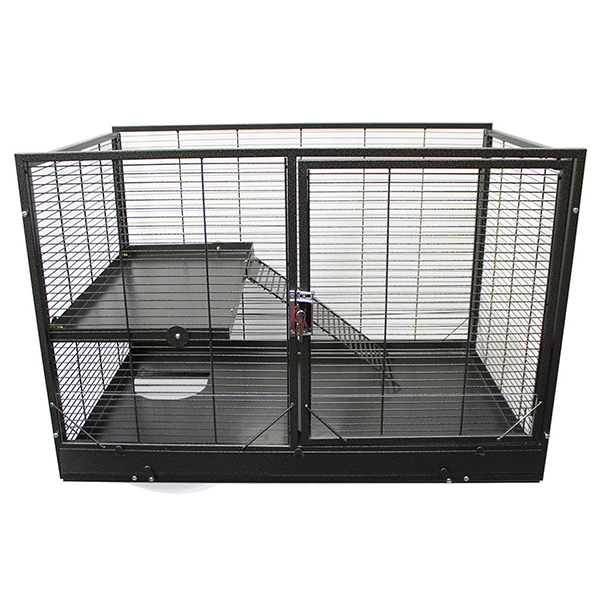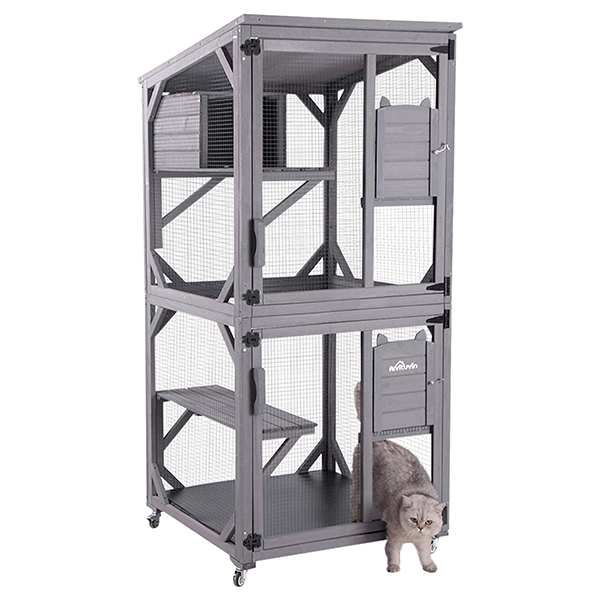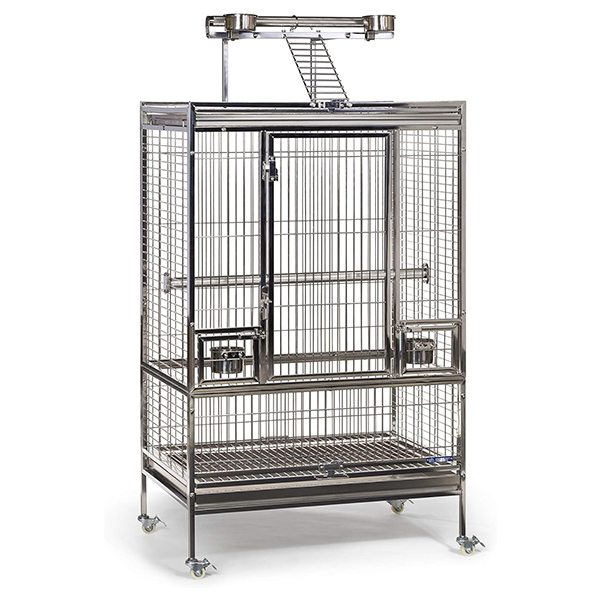Sugar gliders may be small, but these high-flying marsupials need a surprising amount of space. They’re climbers, leapers, and gliders by nature, which means the right cage is essential—not just for their physical health but also for their mental stimulation.
Whether you’re new to sugar glider parenting or upgrading your current habitat, this guide covers the best cages for sugar gliders and breaks down the different types, features to look for, and how to choose what works best for your home.

Types of Sugar Glider Cages
Before diving into specific products, let’s go over the most common types of sugar glider cages. Each has its pros and cons depending on your available space, budget, and glider lifestyle.
- Tall Multi-Level Cages
These are the most recommended option for sugar gliders. Vertical space is more important than floor space because gliders love to climb and jump. Multi-level cages often come with ramps, platforms, and plenty of room for hanging pouches and toys.
✅ Best for: Active gliders, long-term homes
⚠️ Watch out for: Bar spacing (must be ½” or less) and slippery ramps
- Aviary-Style Cages
Technically made for birds, these cages are a good match for sugar gliders thanks to their vertical height and open layouts. They’re usually made of powder-coated metal and come in large sizes.
✅ Best for: Households with multiple gliders
⚠️ Watch out for: Large gaps between bars (avoid anything wider than ½”)
- Travel and Starter Cages
Compact and lightweight, these are intended for temporary use—like taking your glider to the vet or keeping them nearby during cleaning. They’re not suitable for full-time housing but are great to have as a backup.
✅ Best for: Short-term housing or travel
⚠️ Watch out for: Overusing them as permanent homes
- Custom or DIY Cages
Some owners build their own enclosures using PVC and mesh or repurpose tall cabinets. While this offers total control over layout and space, it also requires knowledge of safe materials and escape-proof design.
✅ Best for: Handy pet parents who want a personalized space
⚠️ Watch out for: Unsafe materials (like treated wood or galvanized wire)
Tips Before You Buy A Sugar Glider Cage
- Buy big: Even if you have just one or two gliders now, a larger cage future-proofs your setup as you introduce more toys or gliders.
- Focus on ventilation and cleaning ease: Pull‑out pans, large doors, and removable shelves make maintenance less of a chore.
- Look for solid, chew-resistant hardware: Chewed latches or wire can lead to escapes or injury.
- Avoid DIY PVC playpens unless properly spaced—they often trap odor and aren’t as tidy as powder coated metal cages
What Makes a Great Sugar Glider Enclosure?
- Lots of vertical space: Gliders need room to leap, climb, and glide—taller cages are better.
- Tight bar spacing: Ideally no more than ~½″ apart to stop escapes or injuries.
- Durable, non‑toxic materials: Powder‑coated or stainless steel is safest; avoid flimsy or poorly coated metals.
- Easy cleaning & access: Pull‑out trays, wide doors, and adjustable shelving help tremendously.
- Safety features: Secure latches (gliders are escape artists!), ramps, and escape‑proof doors.
- Modular options: Ability to add shelves, ramps, toys, and hammocks over time.
The Best Cages For Sugar Gliders
What to Look for When Buying a Sugar Glider Enclosure
| Feature | Why It Matters |
|---|---|
| Bar Spacing ≤ ½” | Prevents escapes and injuries—sugar gliders can squeeze through wider gaps. |
| Tall & Vertical Layout | Encourages climbing, leaping, and gliding behaviors. |
| Powder-Coated Metal | Rust-resistant and safe for gliders (avoid galvanized or toxic finishes). |
| Large Doors | Makes feeding, bonding, and cleaning easier and safer. |
| Removable Tray | Simplifies cleaning and helps control odor buildup. |
| Expandable Options | Lets you grow the habitat as you add more gliders or enrichments. |
Pro Tips for Setting Up Your Cage
- Use fleece liners instead of bedding—they’re washable and don’t kick up dust.
- Add climbing ropes, hammocks, foraging toys, and glider-safe pouches to make it feel like home.
- Place the cage in a low-stress part of your home, away from loud TVs or direct sunlight.
- Always double-check bar spacing before buying. Even a half-inch too wide can be dangerous.










